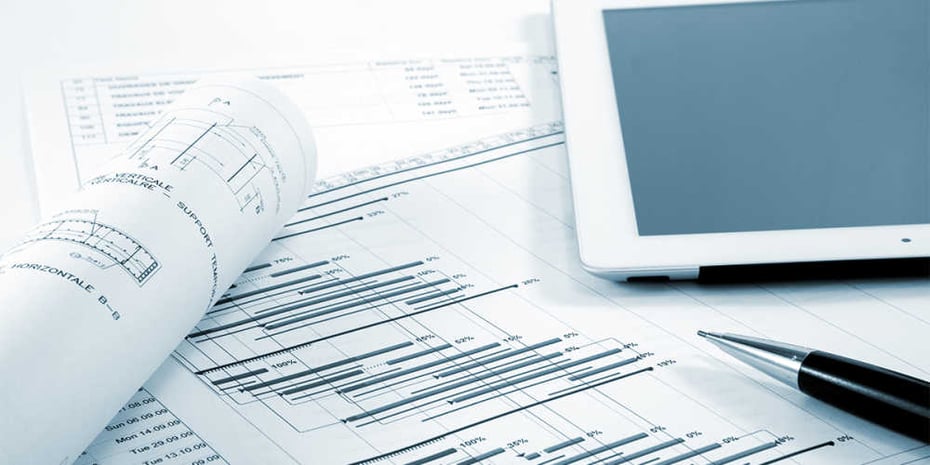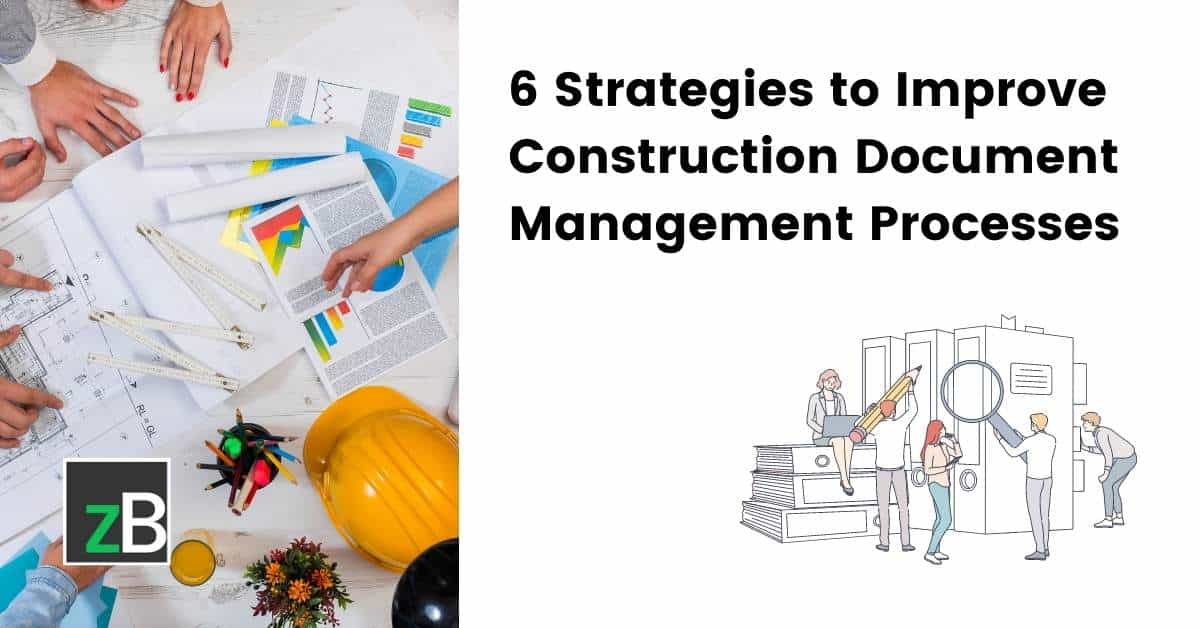Efficient Construction Document Management Solutions for every single Task
Efficient Construction Document Management Solutions for every single Task
Blog Article
Optimizing Task Partnership: Architect's Best Practices in Building Document Monitoring
In the elaborate realm of building tasks, the efficient administration of building and construction files stands as a foundation for success. In the middle of this intricacy exists an essential concern: exactly how can engineers enhance cooperation procedures to boost project outcomes?
Leveraging Cloud-Based Platforms
Leveraging cloud-based platforms is an essential method for contemporary architects in optimizing building file administration processes. By transitioning from standard paper-based systems to shadow options, designers can enhance partnership, enhance paper availability, and improve general job effectiveness. Cloud-based platforms use engineers the capability to store, share, and update construction documents in real-time, making certain that all group participants have accessibility to the most current info no matter their location. This ease of access advertises seamless interaction and control amongst project stakeholders, leading to less errors and delays in the construction process.
Furthermore, cloud-based systems supply a secure setting for keeping delicate project details, providing security, routine back-ups, and individual permission setups to safeguard information integrity. Engineers can likewise gain from the scalability of cloud services, permitting them to adjust storage space capacity and functionality based upon project demands. Overall, leveraging cloud-based platforms encourages architects to maximize their building and construction document monitoring processes, driving better collaboration, effectiveness, and success in their tasks.
Carrying Out Variation Control Equipment
Having established the advantages of cloud-based systems in building record management, architects can currently boost their document control processes by carrying out Variation Control Systems. Version Control Solution (VCS) are important devices that track adjustments in documents, guaranteeing that staff member are constantly collaborating with the most recent and most precise info. By applying VCS, engineers can maintain a centralized repository where all job records are saved, enabling seamless partnership while lessening the threat of mistakes and variation conflicts.
This feature is specifically useful in building projects where layout versions and adjustments are common. This openness not only improves responsibility but additionally helps in dealing with disagreements or inconsistencies that may develop during the task lifecycle.
Establishing Interaction Protocols
To ensure efficient and effective project control, designers should establish clear and robust communication methods within their building and construction file administration processes. This system can be a job administration software, email threads, or cloud-based storage space remedies.
Additionally, communication methods need to also consist of standards on how to manage problems, modification orders, and urgent problems that might emerge during the job lifecycle. Developing an organized strategy to interaction makes certain that all stakeholders are on the very same page, promotes transparency, and eventually adds to the effective completion of the construction project.
Making Use Of BIM Software Program for Coordination
BIM software application plays a critical role in boosting coordination amongst project staff member in the building market. Structure Info Modeling (BIM) assists in collaboration by providing a centralized platform where engineers, engineers, contractors, and various other stakeholders Look At This can interact in a collaborated manner. Via BIM software, job individuals can access and update a shared version that includes detailed info about the structure layout, building components, and task schedules.

Additionally, BIM software application allows real-time cooperation and communication amongst staff member, despite their physical place. Via cloud-based BIM platforms, project stakeholders can access the most recent task information, track changes, and make educated decisions immediately. Overall, leveraging BIM software program for control boosts project performance, performance, and ultimately results in effective project end results.
Ensuring Data Security and Compliance
In the realm of building and construction record management, safeguarding data stability and making sure regulatory compliance are critical Website factors to consider for engineers and other task stakeholders. Designers need to implement durable security actions to shield sensitive project information from unapproved accessibility or breaches.

Verdict
To conclude, designers can enhance task collaboration in building paper administration by leveraging cloud-based systems, executing version control systems, establishing interaction procedures, utilizing BIM software program for coordination, and guaranteeing information protection and conformity. These best practices assist streamline the building and construction process, enhance communication amongst project stakeholders, and improve effectiveness in job delivery. By adhering to these standards, designers can efficiently manage construction files and help with successful project results.
Through BIM software program, job participants can access and upgrade a shared model that consists of thorough information regarding the structure design, construction elements, and project schedules.
Through cloud-based BIM systems, project stakeholders can access the latest job info, track adjustments, and make notified decisions quickly - construction document management. In general, leveraging BIM software application for coordination enhances task performance, efficiency, and inevitably leads to effective job results
In conclusion, engineers can maximize task collaboration in construction document monitoring by leveraging cloud-based systems, implementing variation control systems, establishing communication protocols, utilizing BIM software for control, and making sure information safety and compliance. These ideal methods aid simplify the building procedure, boost interaction among task stakeholders, and enhance effectiveness in job distribution.
Report this page